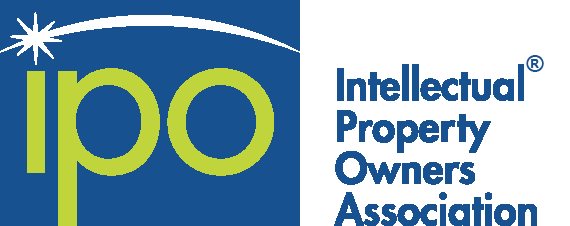Pity the life sciences patent prosecutor who tries to find a path through recent appellate court decisions regarding patent eligibility. A recent concurrence in a divided Federal Circuit decision indicated that U.S. Supreme Court decisions like Mayo have left too much uncertainty about what is and is not patent eligible under section 101. Like others in the IP community, the concurrence indicated that perhaps Congress should act. But few experts expect a legislative fix to come quickly. That leaves both patent owners and applicants with a pressing need to assess the impact of recent significant Federal Circuit opinions, such as Exergen, Vanda and Praxair.
Exergen and Vanda have been the cause for cautious optimism for some life science companies.
Exergen’s invention, a diagnostic patent, was upheld under section 101 by the Federal Circuit, which was considered an important event post-Mayo. This decision is referenced in the USPTO’s Berkheimer memo of 19 April, which takes the agency into the uncharted territory of trying to decide how much and what kind of evidence it takes to show that an invention is not “well understood, routine and conventional.”
Vanda affirmed a district court’s finding that claims to a personalized method of treatment are patent eligible. In early June, the USPTO issued a new memo to examiners on Vanda. The Federal Circuit decision didn’t address a number of relevant issues, however, such as whether a doctor could be a direct infringer through divided infringement.
The most recent of the three decisions is far more ominous for life science inventions. Praxair, a recent appeal of an IPR decision, could result in many section 101 challenges being made in IPRs in the form of a printed matter/obviousness challenge.
Our panel includes a life sciences expert at the USPTO, a top patent lawyer at a major pharmaceutical company, and a founding shareholder of an IP law firm who specializes in biotech. They will assess the cumulative impact of recent changes and delineate prosecution strategies to address them.
Speakers:
- Paul Golian, Bristol-Myers Squibb Company
- Ali Salimi, S. Patent & Trademark Office
- Warren Woessner, Schwegman, Lundberg & Woessner, P.A.

